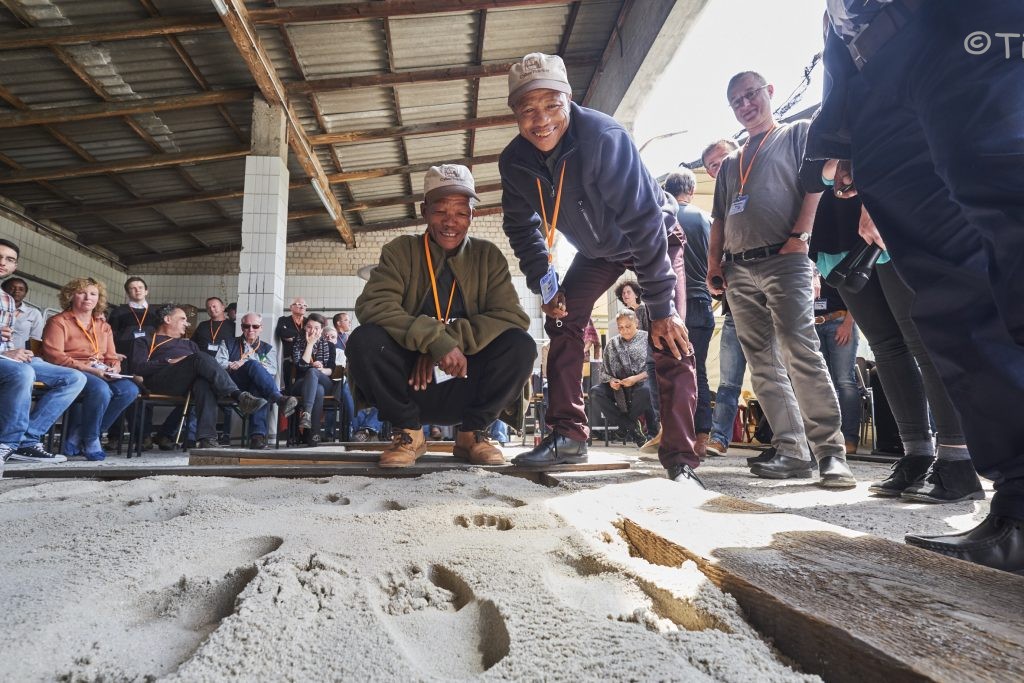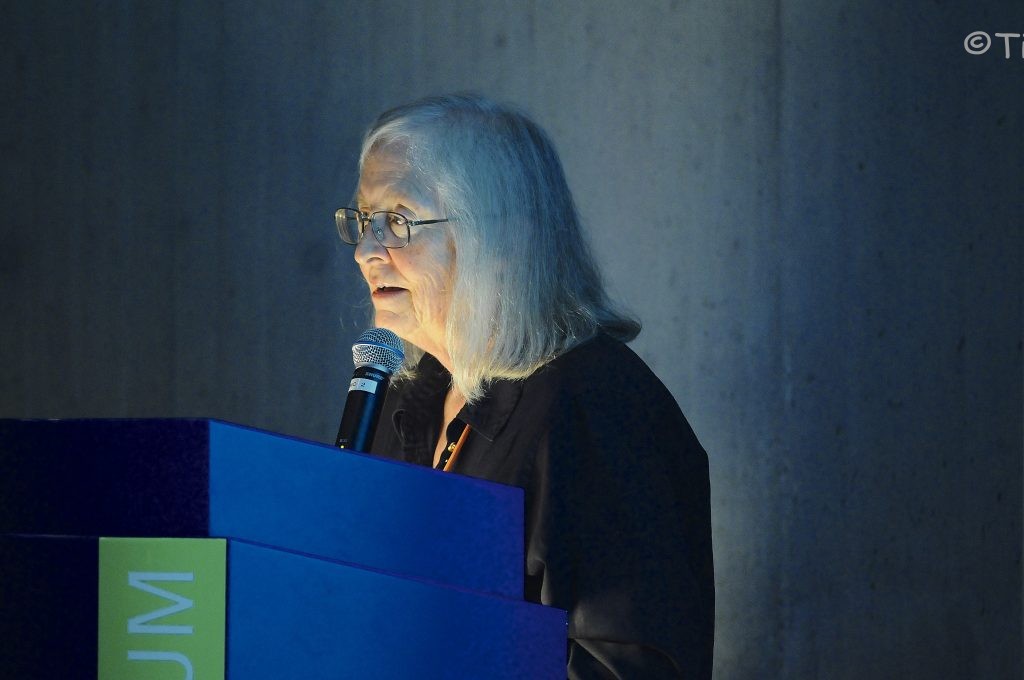Prehistoric Human Tracks
May 11-13, 2017
Neanderthal Museum, Mettmann
Institute of Prehistoric Archaeology, Cologne (Germany)

Abstract/Motivation
After long periods of prehistoric research in which the importance of the archaeological as well as the natural context of rock art has been constantly underestimated, research has now begun to take this context into focus for documentation, analysis, interpretation and understanding. Human footprints are most prominent – or rather impressive – among the long-time under-researched features of the context in caves with rock art. In order to compensate for this neglect an innovative research program has been established several years ago that focuses on the merging of indigenous knowledge and western archaeological science for the benefit of both sides.
This program started with reading of human tracks in caves with rock art by San hunters from Namibia and developed since then in various directions featuring the fusion of different knowledge systems.
This project, labelled Tracking in Caves, started in 2013 with the purpose to better understand the late Pleistocene human footprints that can be found in some of the caves with rock art in southern France. For this research assistance and expertise was sought among the Ju/’hoansi San of the Namibian Kalahari. Three professional, indigenous trackers were invited to Europe and contributed substantially to the research in the caves.
When starting research into human tracks as an archaeological source, we discovered that there are many other projects around the globe where tracks play a prominent role. But at the same time it turned out that despite thorough work done on tracks there is no structured academic exchange between researchers and the various further fields of knowledge that can contribute to the analysis and understanding of tracks.
Therefore, we initiated the international conference on prehistoric human tracks for 2017. This conference aims at enabling broad exchange of researchers working on tracks and also including experts from other, non-academic fields of knowledge and practice. An important contribution to the conference, therefore, came from the invited indigenous trackers from around the globe.
Day 1 – Experienced-based Tracking
Day 2 & 3 – Prehistoric Human Tracks
Day 4 – Community Report


























































